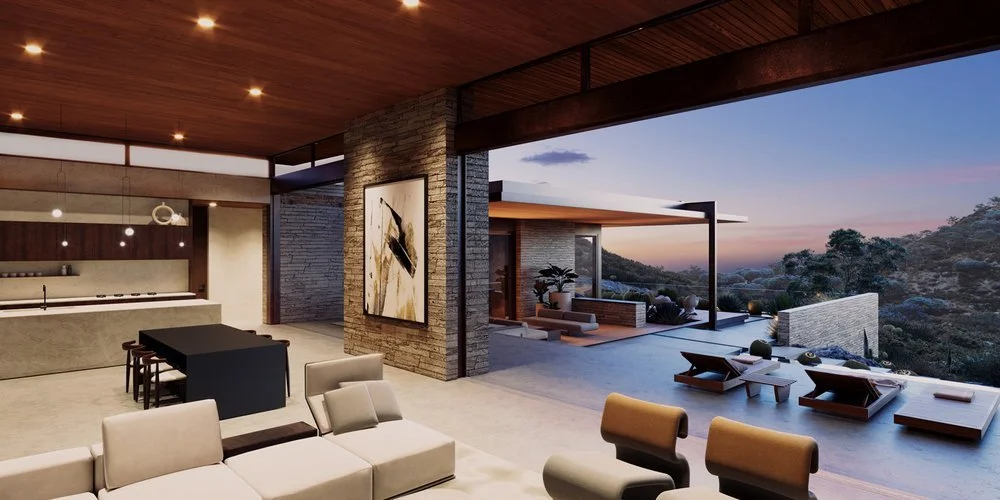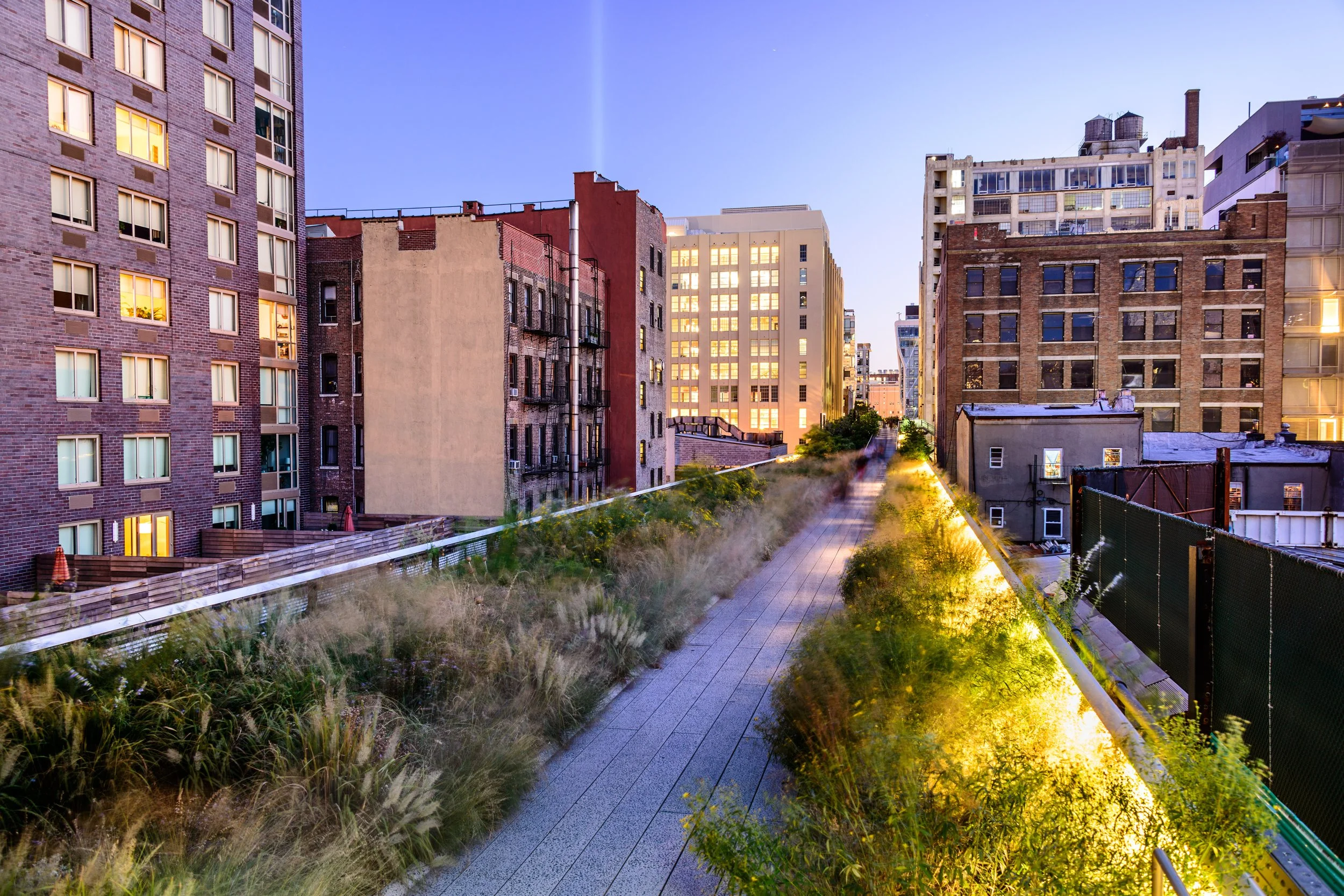Principal and Architect of ROST Architects, Mitchell Rocheleau, meets with John Lobell, a professor at Pratt Institute and expert on Louis Kahn, to discuss the architecture and philosophy of Louis Kahn.
Read MorePrincipal and Architect of ROST Architects, Mitchell Rocheleau, discusses the importance of The Farnsworth House designed by Architect, Mies van der Rohe and its role in modern architecture, challenging the conventions of the time.
Read MorePrincipal and Architect of ROST Architects, Mitchell Rocheleau, discusses how Louis Kahn developed his architectural philosophy and how this is reflected in his existing designs.
Read MorePrincipal and Architect of ROST Architects, Mitchell Rocheleau, discusses how ROST Architects' design philosophy incorporates the existing landscape and environment of a property into its residential designs, allowing nature to lead the way and providing inhabitants the experience of a reconnection and grounding with the nature that surrounds them.
Read MoreIdentifying how a society's collective psychology is reflected in our current built environment, Principal and Architect of ROST Architects, Mitchell Rocheleau, discusses how we can begin to create an environment that is more conducive to an authentic human experience.
Read MoreReflecting on what a city's layout and its most prominent buildings portray, Principal and Architect of ROST Architects, Mitchell Rocheleau, discusses what impact he believes this has on the values emphasized by a city and how this affects the human experience.
Read MoreIn many modern cities, there seems to be a lack of institutions and structures offering life guidance, emotional development, mental health, spirituality, and helping people find answers to life’s more significant questions.
Read MoreInfluenced by travel in European cities, life in North American cities, and authors such as Jane Jacobs, and Danish architect, Jan Gehl, Principal and Architect of ROST Architects, Mitchell Rocheleau, discusses what he believes are characteristics of captivating cities.
Read MoreUnderstanding a culture’s collective psychology/values and deciphering how those ideas manifest in their built environment can help inform how we build cities for the future. Despite the importance of such studies, it is rare to stumble upon someone who writes about the intersection of psychology and the built environment, especially one who expresses ideas clearly and accessibly.
Read MoreAmerican artist Edward Hopper spent significant time observing the city and generated a body of work that resonated with the country. He seemed to be drawn to city life, buildings, and infrastructure. Much of his work depicts the relationship between the city, nature, and people.
Read MoreWhy is Central Park important for our generation to understand? Why would a park constructed in the late 1800’s be significant to our contemporary society? Central Park depicted a moment in our civilization when humans experienced a shift and moment of self-awareness regarding our nature as humans and the environment we were creating. In the late 1800s, New Yorkers stopped and questioned the growing and developing city around them.
Read MoreA slow yet palatable transition within the city started around the sixteenth century. The forces of religion that had driven the city started to contend with a new stimulus based on money and profits. The mercantilist and capitalistic philosophies began manifesting in the city's physical form. The town was still firmly rooted in its medieval customs and structures; however, it was clear that things were changing throughout the Western world.
Read MoreThere are many reasons why a city becomes a point of destination. People are attracted to certain cities and travel from all over the world to see them. However, many people have trouble articulating why they enjoy them. They know something about it makes them feel comfortable, but they can't put their finger on it.
Read MoreAt first glance, architecture and psychology may seem to be disparate fields with little in common. Over time, however, I have uncovered ideas that have informed how I think about the built environment and influenced my architectural practice. Most notably, Carl Jung’s conception of the primitive unconscious and the natural world has profoundly impacted my design approach and philosophy.
Read More













